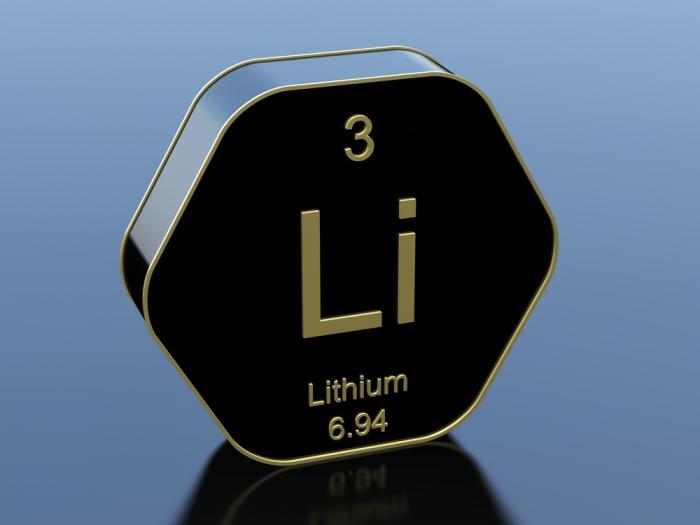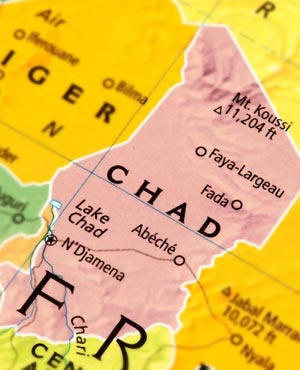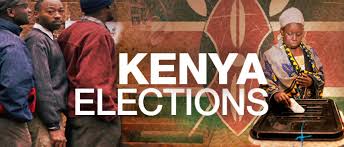Low oil prices and a weak global economy have thrown a wrench in many countries’ plans to develop and exploit their untouched energy resources. But for Mozambique, those plans may be back on the table.
On March 1, an energy consortium signed a cooperation agreement to construct a pipeline that will stretch from Mozambique’s massive offshore natural gas fields to northern South Africa. Though the deal is just an early step toward the pipeline’s actual completion, it could be a sign of progress to come for both countries’ energy sectors.
The consortium responsible for building the pipeline comprises Mozambique’s Empresa Nacional de Hidrocarbonetos (ENH), South Africa’s SacOil, the Netherlands’ Profin and the China Petroleum Pipeline Bureau. In their agreement, which builds on an initial deal struck in December 2014, the four companies committed to the funding needed to complete the project’s pre-investment and engineering studies, as well as the pipeline’s construction and operation. According to project estimates, the 2,600-kilometer (1,600-mile) pipeline will cost approximately $6 billion.
The China Petroleum Pipeline Bureau will shoulder 70 percent of that total cost by securing funds from Chinese financial institutions. For the state-owned China National Petroleum Corp., of which the China Petroleum Pipeline Bureau is a subsidiary, the pipeline is an opportunity for the company to increase its profits from its energy assets in Mozambique. The company currently holds a 10 percent stake in one of Mozambique’s potentially lucrative offshore natural gas blocks. However, as is true of the rest of Mozambique’s offshore reserves, obstacles have prevented the block from being fully developed.
Constrained by Economic Realities
This speaks to a broader problem for Mozambique: The country has considerable natural gas reserves, but it cannot tap into them on its own. Instead, it must rely on Anadarko Petroleum Corp. and Eni, the biggest foreign energy companies operating within its borders. Together, the two hold adjacent blocks in Mozambique’s enormous deep-water Rovuma Basin that are estimated to contain at least 4.5 trillion cubic meters of recoverable natural gas reserves.
Anadarko and Eni are seeking ways to develop these resources, but their efforts are being complicated by expectations of a boom in U.S. and Australian natural gas exports. Mozambique’s energy reserves are located relatively far from the country’s existing infrastructure, and its energy sector has few capabilities of its own. Consequently, the companies’ attempts to build the infrastructure needed to produce and transport Mozambique’s offshore natural gas have been massive undertakings. Such projects may have made sense when liquefied natural gas (LNG) prices were higher, but with prices now close to $7 per million British thermal units, they will be much more difficult to complete.
Instead, Anadarko and Eni have turned to parsing their projects into phases, rather than tackling them in one fell swoop. To that end, the two companies have agreed to develop 24 trillion cubic meters of natural gas that lie along the shared border of their adjacent blocks. Once those reserves have been produced, they will enter into a joint venture to develop the rest of their blocks’ remaining resources. As part of this plan, Eni is exploring the option of constructing a floating LNG export facility that would be relatively cheap and manageable in size. The Mozambican government approved the project in February.
However, the companies’ strategy to develop Mozambique’s offshore resources hinges on their ability to secure buyers for their natural gas. BP has agreed to buy all of the LNG that would come from Eni’s floating export facility, and Anadarko has managed to sign agreements covering some 90 percent of its initial output. But none of these deals are binding, meaning neither company has eliminated the risks they are incurring by pursuing the projects.
This is where the pipeline deal may make a difference in Anadarko and Eni’s calculations. If finished, it would connect Mozambique to the only natural gas market in southern Africa that has the potential to grow in the coming years. (South Africa is the most industrialized country in the region, but its industries have not made much use of natural gas because they lack a reliable supply.) It would also provide a less challenging way to transport natural gas to consumers than shipping it in the form of LNG.
The pipeline may be the solution to some of Pretoria’s problems as well. South Africa’s energy sector relies on coal and is plagued by intermittent blackouts. Natural gas may offer a more stable source of energy for the country’s new coal-fired power plants, particularly as South Africa shifts away from coal to address some of its persistent environmental concerns. Though the country boasts its own shale resources, they have proved difficult and costly to develop.
The latest pipeline deal is not yet finalized, and several financial roadblocks still lie in its path. But if the project is completed, it could open up many new opportunities for the Mozambican and South African energy sectors, fueling their economies in the years to come.







